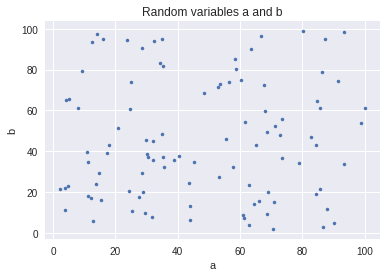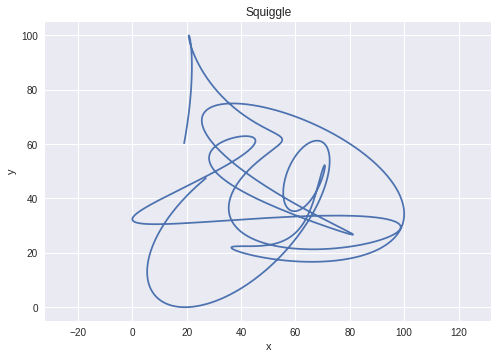Hi Adam
RM: As you know, I forgot everything I knew about PCT when Bill passed away (indeed, became the enemy of PCT by some accounts)
AM: You did not forget, you never really knew the mathematical aspects of control theory, from what I can see in the archives and from what you are writing now. Bill spent some 30-40 years before you met him
working with analog computers and designing control systems.
You never went down that path, so while Bill was alive, he would nicely and patiently correct you and direct you with the more difficult parts of the math.
It would do you good to study classical control theory, maybe from an old textbook. It seems process control has similar terminology to PCT, maybe that would be a good start.
RM: A deep knowledge of classical control theory is not necessary in order to understand PCT. Indeed, it can get in the way. Early in the life of CSGNet we had a control engineer take an interest in PCT and he couldn’t (or wouldn’t) get it at all. I think Bill’s attempt to get the guy to “get” PCT is somewhere in the archives. You seem to be able to go through those pretty well so I’ll let you find it. It’s probably from 1990.
RM: And I was in on the discussions between Bill and John Flach, a psychologist who knows the mathematics of control theory far better than Bill did – Bill struggled to learn Laplace transforms to try to keep up with him – and all that math didn’t help him get PCT; indeed, the interaction led to the work shown in the “adaptation without adaptation” chapter of LCSIII – work that Flach didn’t get at all.
RM: And i don’t remember Bill patiently correcting and directing me with the more difficult parts of the math. But if he did it wasn’t often and that’s the kind of correction that was particularly useful. The things people don’t get about PCT are not related to the math, they are about how the model maps to behavior. That’s why Bill was unable to get many (any?) experts in classical control theory to understand how control theory should be applied to behavior.
RM: And when it comes to Bill correcting people on the net, I think you should take a look at his posts to others besides me. As I recall, Bill’s main complaints about me were about my tone, not about my understanding of PCT. If you want to see Bill complaining about people’s understanding of PCT – people who now claim to be experts in PCT – you might take a look at Bill’s posts to Martin Taylor regarding Martin’s ideas about there being “information in perception about the disturbance”, or about his belief in affordances or about there being an entity called a CEV.
RM: But I’m tired of the insults and the condescending comments from you. And I really don’t want to do this on my own anymore. I used to have Bill but now there is no one – at least no one on this net – who is willing or able to take my “side” of this argument. So I’ll leave at least for a while and let you carry on as you wish. But while you’re telling people how little Bill thought of my understanding of PCT you might point them to Bill’s preface to MIND READINGS to see what Bill said he thought of my work. Of course, that’s probably Fake News, right?
Best
Rick



